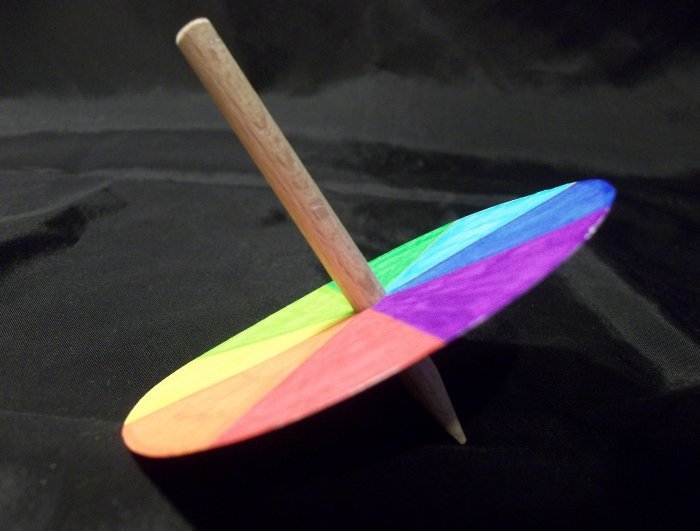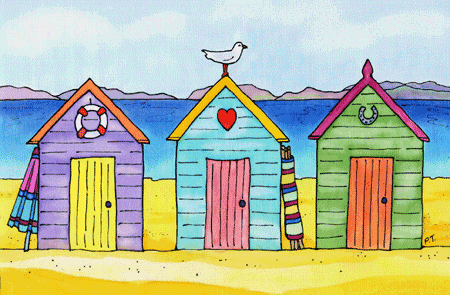Just been out for coffee and have bought this origami flower from the charity box on the coffee shop counter.Brilliant idea for back to school and strating language learning again for the year or also for European Day of Languages.
Take a look at the flower head below and the ideas it made me think about!This is where the activity starts!
Each child needs a printed small map of the target language country- as this is what the flower head is created from and a green straw or a stick covered in coloured paper.
I have a found a tutorial step by step guide to making the flowers here
Below is my ideas for the language classroom,using these origami flowers on European Day of Languages.
Make a class bouquet of flowers for European Day of Languages.
- First take a look at a map of Europe
- Identify countries and languages spoken.
- Practise greetings in different target languages
- Give each child a square piece of paper map print out of Europe.Ask the children to write five favourite target language greetings in or next to the country where the target language greeting is used.
- Create the folded flowers .
- Now you have a class bouquet of greetings from European countries!
- You could do something very similar with a map of the world or a map of a continent e.g Africa where lots of European languages are spoken.
(I think that we could use this idea just as effectively at the start of the year , as an opportunity with UKS2 to look at a map of the target language country. We could then ask the children to write on the reverse of the map as many words/ or a selection of their favourite words that they can remember from last year's language learning.The children can make their flowers and take them home to give to a parent or carer and to announce that they are learning a language again this year on school!)

























